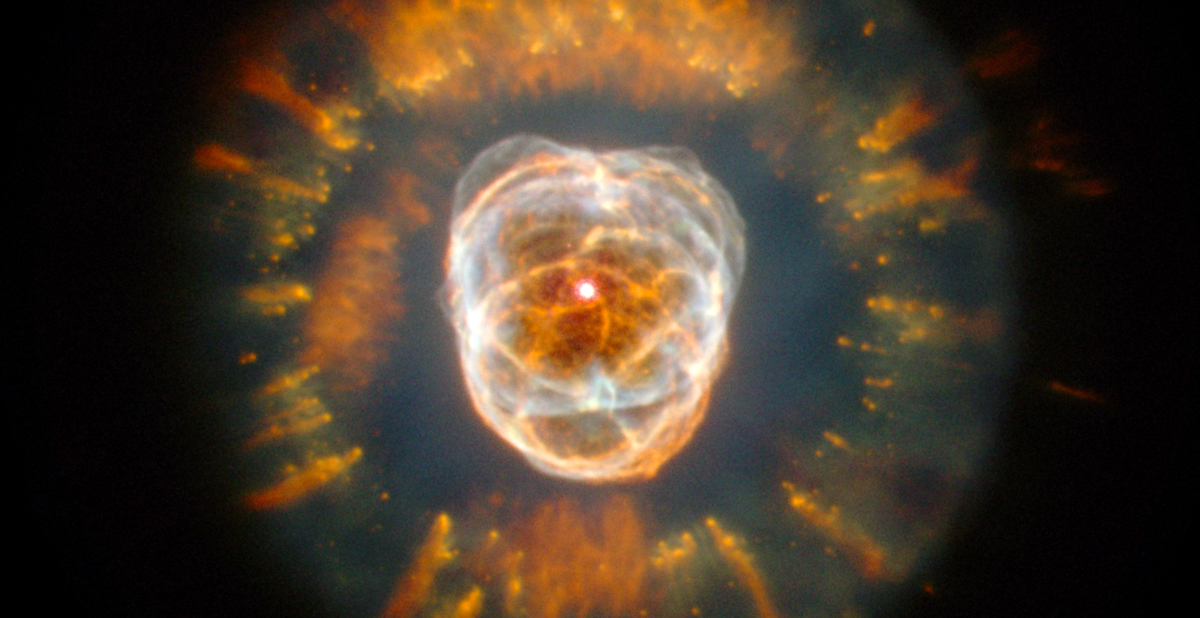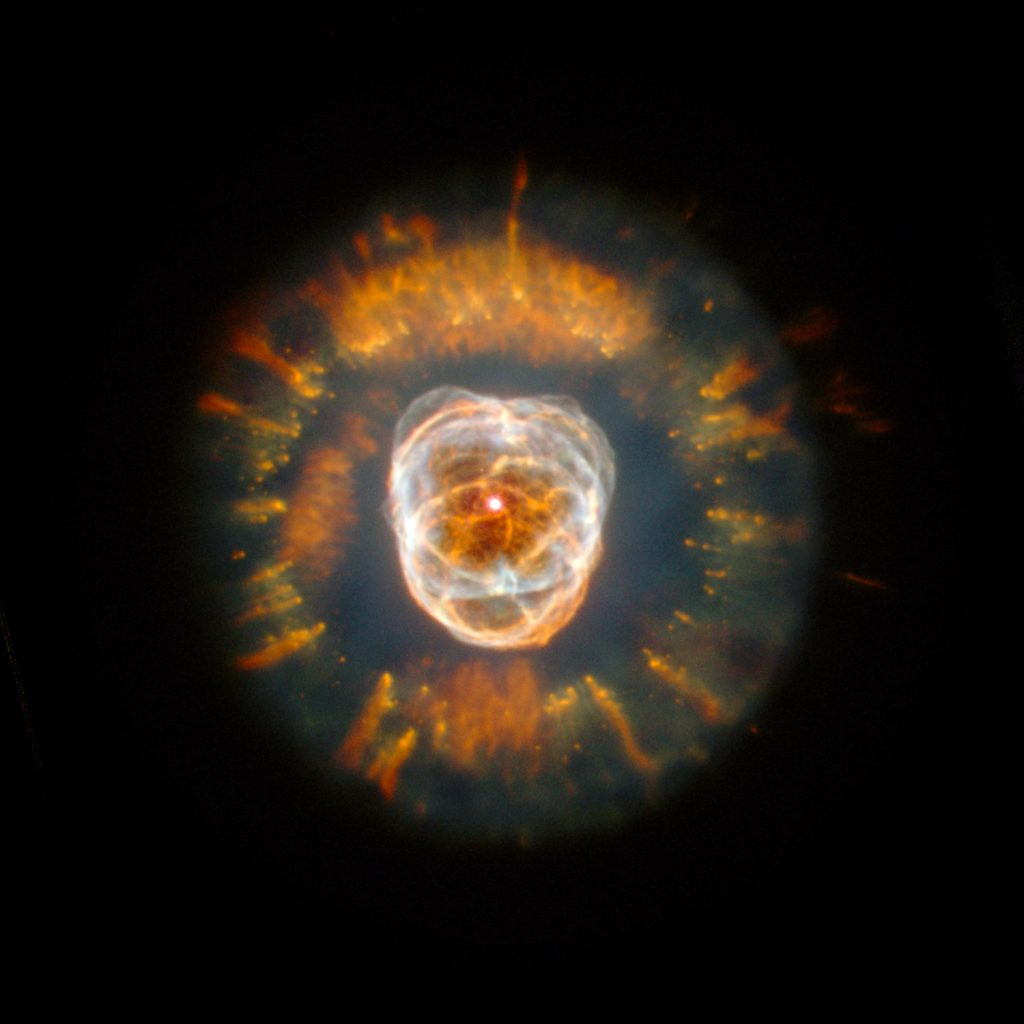
Il telescopio spaziale Hubble, in orbita terrestre dal 1990, ha catturato una nebulosa planetaria chiamata “Nebulosa Eschimese“, o anche NGC 2392, situata nella costellazione dei Gemelli a 6.500 anni luce dalla Terra. Hubble ci mostra una nebulosa caratterizzata dai resti di una stella morente, simile al Sole.
Per osservare e scaricare l’immagine della Nebulosa Eschimese in alta definizione, è possibile consultare il sito internet dell’ESA (CLICCA Qui).

Credits: NASA, ESA, Andrew Fruchter (STScI), and the ERO team (STScI + ST-ECF)
LEGGI ANCHE –> Fran Bagenal, astrofisica della NASA, racconta le sue missioni nel Sistema Solare
Credits: Directed by: Bethany Downer. Visual design and editing: Martin Kornmesser. Written by: Bethany Downer. Narration: Sara Mendes da Costa. Images & Videos: NASA, ESA, M.Kornmesser, L. Calçada, ESO, G. Bacon (STScI), theHubble Heritage Team (STScI/AURA)-ESA/Hubble Collaboration, and H. Bond (STScI and Pennsylvania State University), A. Feild (STScI), and A. Riess (STScI/JHU), D. Jewitt (UCLA), F. Summers, Z. Levay, J. DePasquale, L. Hustak, L. Frattare, M. Robberto (STScI), R. Hurt (Caltech/IPAC) Acknowledgement: R. Gendler, spaceengine.org. Music: Johan B. Monell (www.johanmonell.com). Web and technical support: Raquel Yumi Shida. Executive producer: Mariya Lyubenova
- Cover image credits: NASA, ESA, Andrew Fruchter (STScI), and the ERO team (STScI + ST-ECF)



